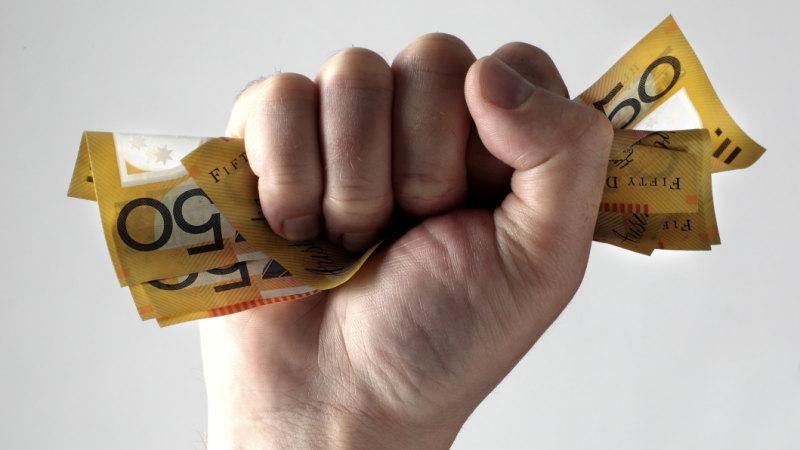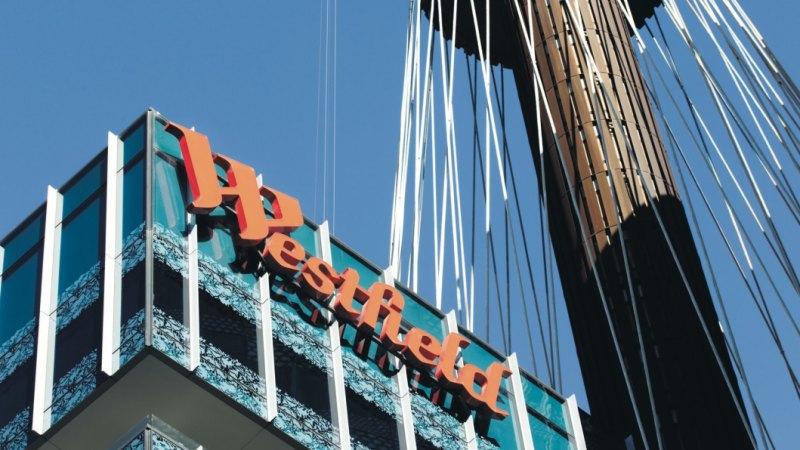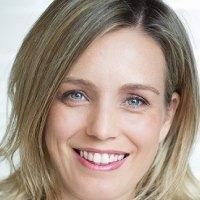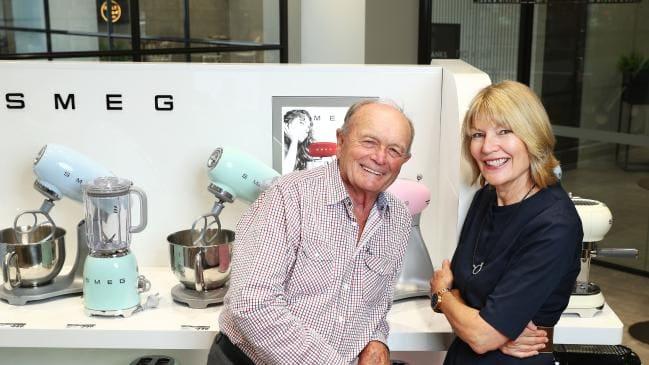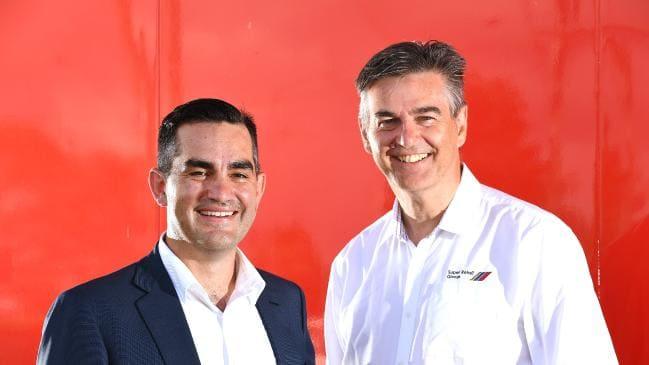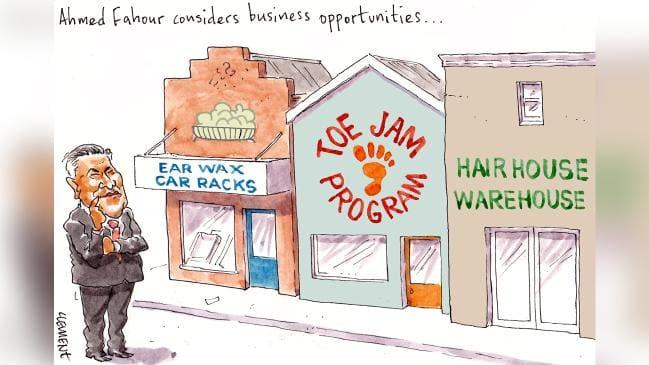
Parliament is investigating whether MPs and their staff are in "contempt of the Senate" after shares in buy-now pay-later companies including Afterpay plunged following the internal circulation of a draft report.
The draft findings of an inquiry into the sector, which could recommend tougher credit regulations on the booming industry, were shared among six committee members at 7.30pm on Tuesday.
As many as 58 staff in senators' offices could also have accessed the report, which is due to be released on Friday.
Shares in the providers fell an hour after the market opened on Wednesday, with Afterpay falling by 11 per cent between 11.16am and 11.37am.
Trades of more than 1000 shares were made with a value of more than $1.3 million. By the market's close, more than 3.9 million shares were traded, double the daily average.
Buy-now, pay-later companies have surged as an alternative to conventional credit products and are available at thousands of stores across Australia, including David Jones, Asos and Nike.
Afterpay, which is expanding to the United States and United Kingdom, has a market capitalisation of $4 billion. Its share price has surged by 58 per cent since the start of this year.
The Australian Securities and Investments Commission said it started inquiries into the sharp share price drops of Afterpay and its rivals Zip and FlexiGroup on Wednesday night.
"There was no general announcements that proceeded this drop," ASIC commissioner Cathie Armour said.
The Senate secretariat is now expected to summon senators, staff emails and interview those close to the report to establish if there had been contempt. That process was still being determined on Thursday afternoon.
One committee member said they expected the Senate to get the investigation "finished ASAP" as regulators turn their attention to traders who may have scored out of the plunge. It was revealed on Wednesday that Afterpay, which is tracked by Goldman Sachs, Bell Potter and Morgans, dialled around analysts to remind them of the inquiry.
Committee chair Jane Hume and fellow Liberal member Amanda Stoker have ruled out any disclosure coming from their offices, as has Greens Senator Peter Whish-Wilson, who was substituted for Sarah Hanson-Young for the hearings of the Senate inquiry. Senator Hanson-Young ruled out any distribution of the market sensitive document from her or her staff.
Labor Senator Chris Ketter could not rule out an unauthorised disclosure coming from his office.
"It’s not clear what happened in this circumstance, but the Senate has well-established procedures for considering potential instances of unauthorised disclosure," Senator Ketter, the committee's deputy chair, said.
"Labor senators take the confidentiality of committee deliberations seriously."
Fellow Labor senators Kristina Keneally and Jenny McAllister have not responded to requests for comment.
Speaking at Zip's half-year results on Thursday, chief executive Larry Diamond was asked what the he thought the report recommendations would find.
Mr Diamond said after the bank royal commission “it would seem unusual that unregulated pockets would continue to exist” in the financial sector.
Zip executives said the company was “well placed” regardless of the report's outcome because it conducts credit checks on its customers.
A coalition of consumer groups including Choice, the Consumer Action Law Centre and the Financial Rights Legal Centre have all urged regulators to bring buy-now, pay-later providers under the National Credit Protection Act.
Afterpay has voluntarily instituted some of the act's requirements, including hardship and external dispute-resolution schemes, but it is resisting full banking regulation which would compel all companies to conduct formal credit and affordability checks at shop counters.




